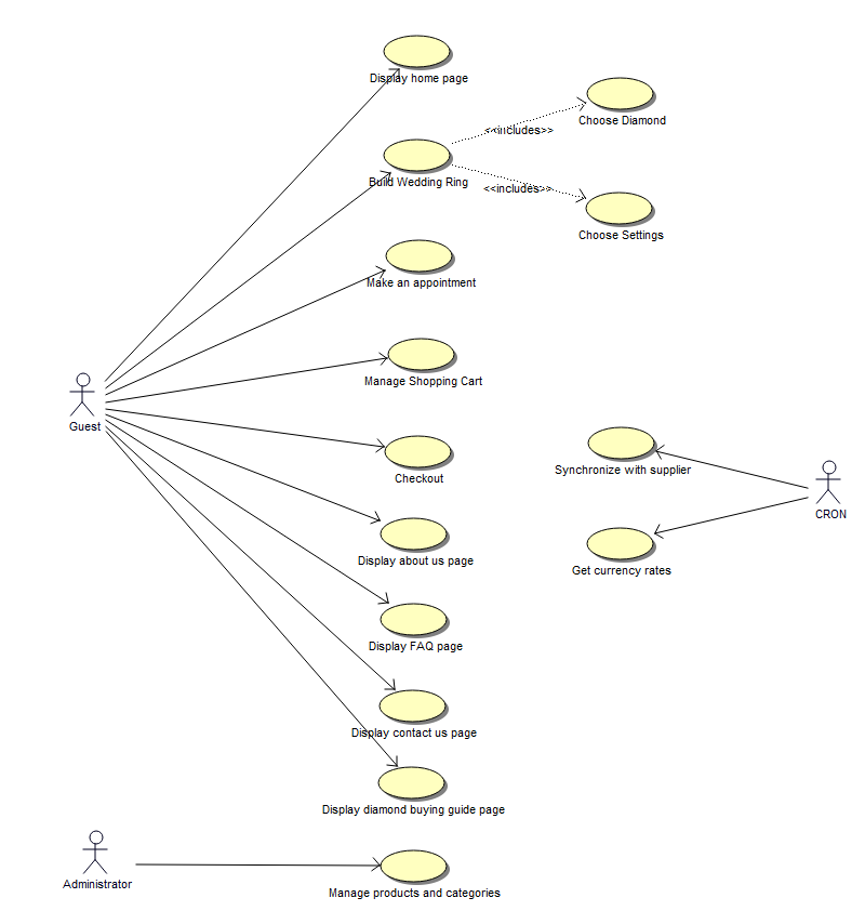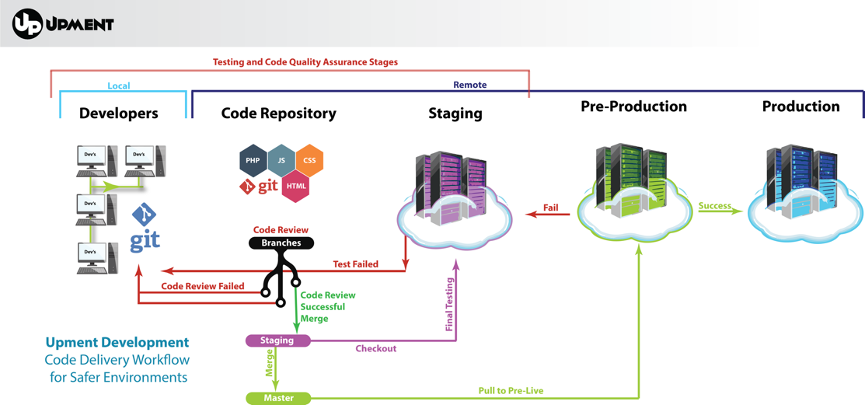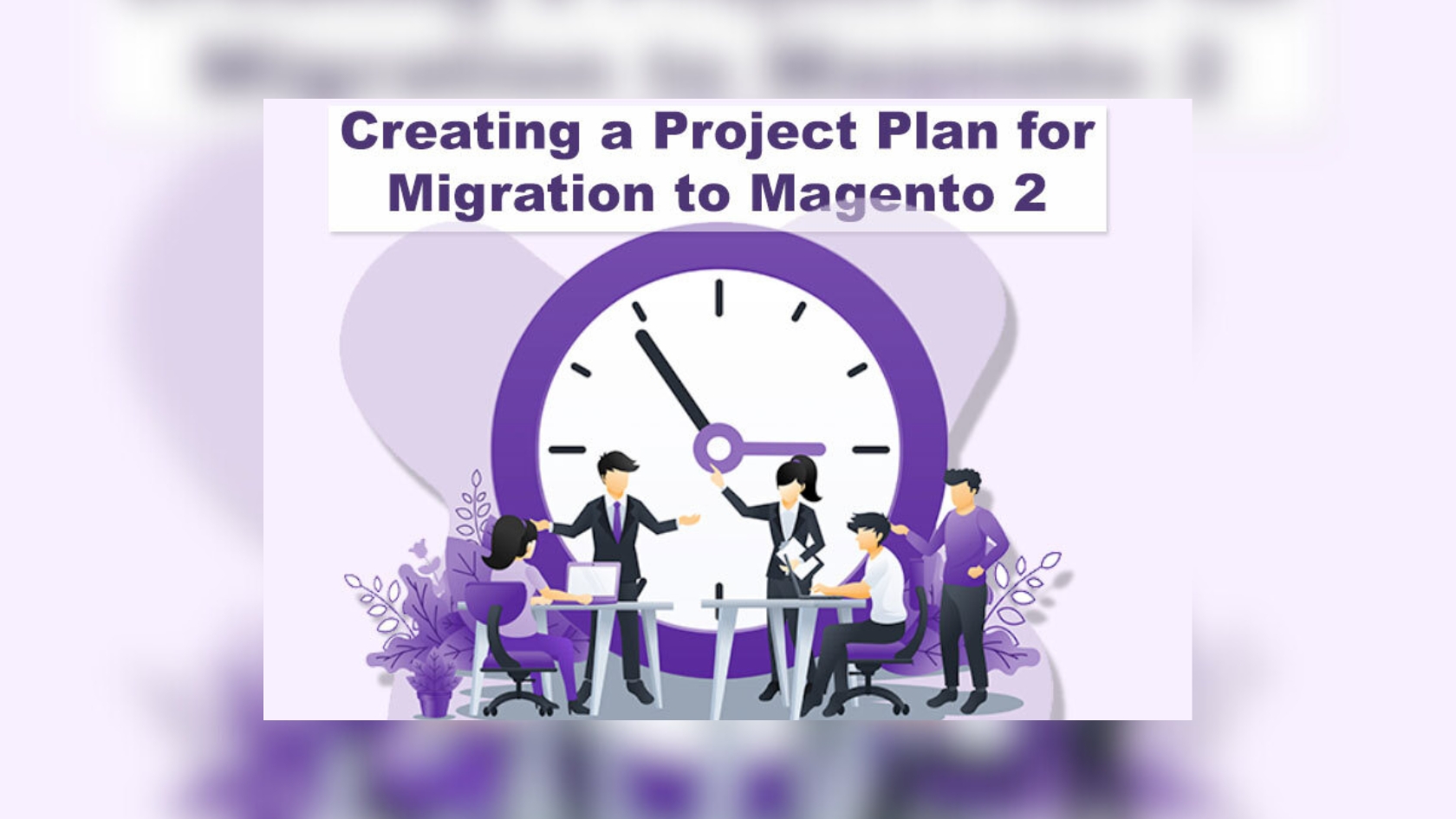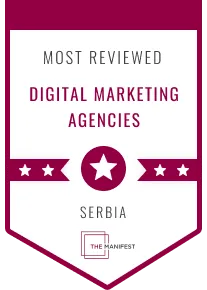How to start a successful project?
A question that was a topic many times since being in eCommerce. It’s definitely a puzzle that gets assembled together, after years of experience and many successful projects we have honed our project plan process.
We started back in 2016 as a team since then we have accomplished numerous successful eCommerce projects; however, we also made a few mistakes while onboarding a few clients, the reason behind this – was pretty much down to unrealistic estimates. As frustrating as these mistakes were, they were also a great learning curve.
Business analysis and project management
Recently Miodrag joined the team as an experienced business analyst and project manager. His strategy of converting business models into project plans was simply amazing. Whatever project management methodology you intend to use within a project you will need to start with business analysis.
To enable us to create a digestible read on what can be a very complex topic, we thought that it would be great to share one of our smaller project charters. This will cover the following:
-
- Start of the project
- Migration from Magento 1 to Magento 2
- Project process
- Final product
Whilst writing this article, the project is in the process of being created.
##################################################
Project Charter kensingtondiamonds.com, February 2022
This document defines project goals, scope, final products and strategy for their creation including stakeholders, resources and tools, which will be used in the project of building kensingtondiamonds.com eCommerce store. The document will also identify risks to the project and the way they will be managed. The document will not contain any financial data or analysis.
Project overview
Client: kensigntondiamonds.com
Present Platorm: Magento1
Migrate to: Magento2
The primary goal of the project is to rebuild Kensington Diamonds website, which we will upgrade their existing website to Magento 2.4 platform and simplify their workflow, improving speed and user experience.
In order to make this site, Upment will form a team, which will cover all areas of expertise needed to successfully finish the project. It is expected that the project will result in:
-
- Magento 2.4 store with optimized workflow,
- improved user experience,
- improved search capabilities,
- speeding up the site.
The business goal of the project is to make the client’s website more visible to the customers, build a better experience for clients and make it easier for implementation by upgrading the store to a newer version of Magento2; resulting in better site performance.
The most important elements of the project is to produce a simplified workflow and speed up the site. Activities will follow the traditional software development process. This is a high priority project for Upment.
Project Sponsor: Mark Hebblewhite
Project Stakeholder: Kensington Diamond management
Final products
The final product of the project is a website at the URL kensingtondiamonds.com with the following main features:
-
- Magento 2.4 store of wedding rings,
- Appointments page integrated with Google calendar,
- Diamond buying guide,
- Other “non-selling” pages: Home, About us, Contact us and FAQ pages,
- SEO optimised pages.
Project scope diagram 1
Context diagram for kensingtondiamonds.com web site

Operationalisation of the requirements and the order in which they will be executed has been provided in the project plan. All requirements which come after the kickoff meeting and do not affect the requirements agreed upon before the project start – will not be taken into consideration in this project.
Such requirements will be notified for the next project aimed at the site’s improvement.
The project will be considered successful if all defined requirements are
completed in accordance with the initial description of requirements and within the schedule. The project will be considered finished when all requirements are completed as specified.
Strategies for final products creation.
In order to create the final product, Upment will organize the team members responsible for the identification of user requirements and their implementation.
It will be done through the following phases:
- Planning – in this phase user requirements will be identified and analysed. The final output of this phase will be this document and project plan which will define in detail: resources, activities, priorities, interdependencies, iterations, duration of individual activities and a project as a whole and milestones.
- Activation – will mark the actual beginning of the execution phase immediately after the plan is approved by the project sponsor.
- Execution – putting the plan into action in order to make the site.
- Controlling – resources will be controlled on a daily basis, Upment and Client’s management will be able to track changes through project management tools. This phase also includes detailed code testing on a test server.
The requirements and the plan will be created in one piece before the next phase starts. In the execution phase, requirements will be implemented in parallel where possible, otherwise sequentially. Each functionality will be put on staging for testing purposes. The site will be put in production once the whole site is completed and tested, where it will replace the existing site.
Upment workflow diagram 2.

Diagram 2 represents Upment’s workflow process. It is the global schematic view of the path that each piece of deliverable goes through. In this project; however, Pre Production phase won’t be employed, since it is necessary to upload the whole site at once.
The project will be managed using the traditional approach. That means that the phases will go sequentially and new functionality will be started only after its predecessor had been completed.
Tools and resources
The project team will use Zoho Projects for communication, time tracking and project management purposes. Bouml will be used for the creation of UML diagrams.
The site will be built using Magento 2.4 platform. All computers equipment will be available the whole time during the project phases.
Upment will organise the project team through roles as described in Table 1.

If needed, and in accordance with possibilities, additional team members will be engaged. The average daily availability of the resources is shown in Table 2.

Estimated due date and time budget
The project starts on 14/02/2022. The estimated due date for the project completion is 16/05/2022. It is calculated based on a detailed analysis of business requirements conducted during the planning phase and the critical path that the project management software has calculated.
The estimate is the best effort and actual time may vary.
Finance is not the topic for this document. Hence the budget is estimated in hours of work. According to the project plan, the total work time needed to finish the project is estimated to 317 hours.
One milestone is planned. Phase reviews will be done at the same time. The milestone is planned for 29/03/2022 after the main process (Building wedding ring) has been successfully implemented.
Risk assessment
One kind of possible risk is anticipated at the moment: Coronavirus pandemic might cause disruption since there is a limited number of team members on each task. Due to unpredicted scenarios, it is possible that the time estimate for the project could take longer. In these situations, we recommend a contingency of 20%.
##################################################
If you have any questions related to your project don’t hesitate to give us a call or email office@upment.com
Thanks to Miodrag for writing the project charter.









